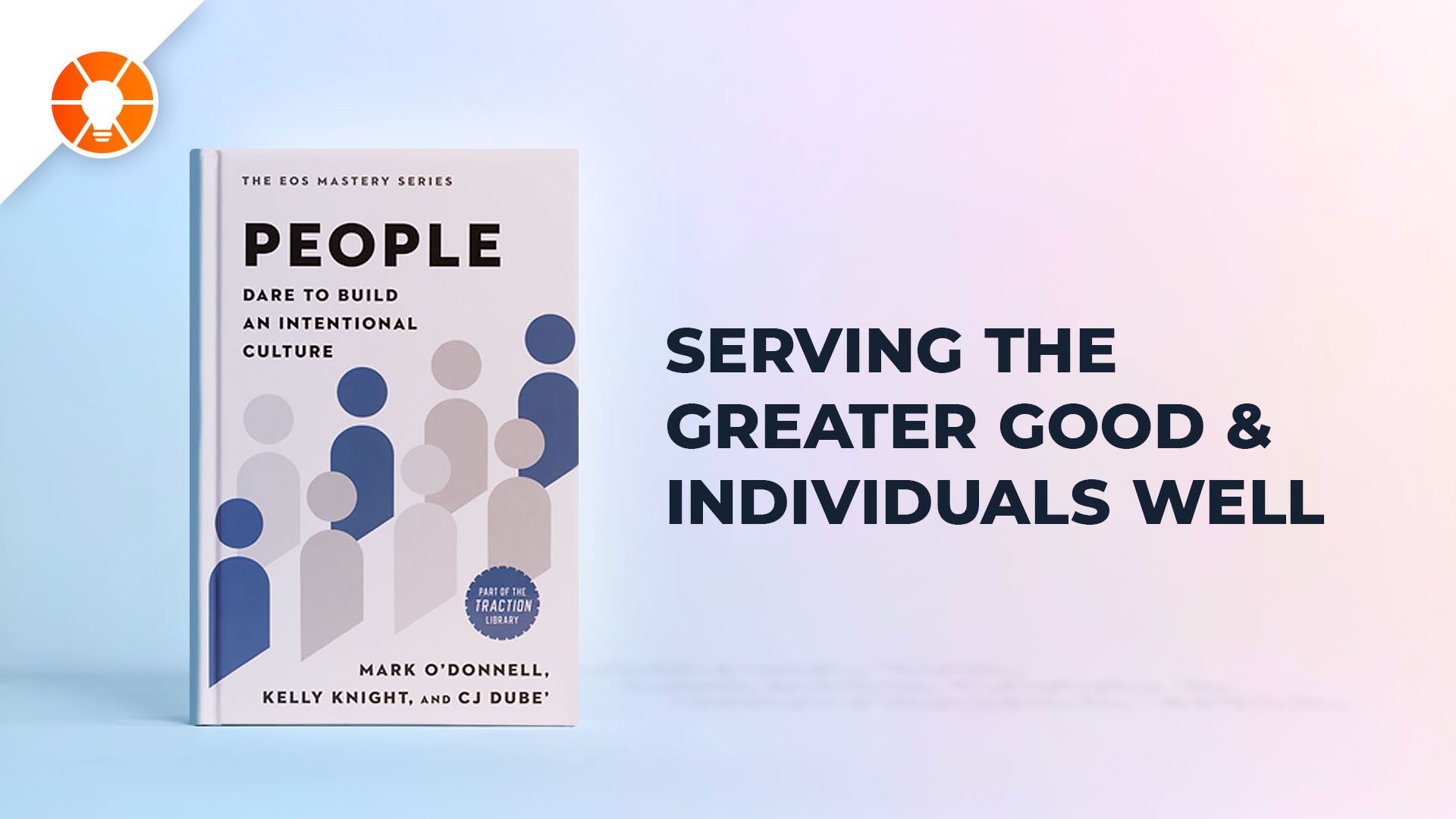By Nancy N. (Sacramento, CA)
Publishers will often send us books in hopes of getting a good review. Many end up sitting on our shelves – either they aren’t specific enough to sales, or they just aren’t strikingly brilliant or different from other books.
In the case of Traction by Gino Wickman, I took a quick look at it and then something interesting happened. I kept reading. It’s not that it’s a particularly original or entertaining. But it is filled with practical advice for realizing the vision you have for your organization based on a well defined system. And although it is not geared toward sales organizations specifically, it certainly applies.
As a business owner myself, it often feels as if there are a hundred different things I need to focus on. It’s easy to see how “Traction” applies not only to business owner’s but also to sales leaders. You could argue (rightly) that running a sales organization is not much different from running a company.
The underlying concept in “Traction” is that every great company needs an Entrepreneurial Operating System (EOS). And every EOS consists of 6 core components;
Vision
People
Data
Issues
Process
Traction
I found the EOS concept helpful in two ways. As Wickman says, the EOS sytem helps you take a wide-angle view of your business and its components. But it also helps you narrow your focus so you can dive deep into each component.
What I like most about the book is that it’s practical. It’s not gimmicky. The `system’ is laid out in detail in such a way that it can be used as a workbook.
And while it’s focus is on the operating components at the company level, I see no reason it can’t be applied at a department level.
The 6 Components of EOS
Vision
In Traction, Wickman shows how to not only define a compelling vision, but also how to get others to own it with you.
The book lays out what’s called a Vision Traction Organizer (V/TO) to help simplify the process. A sample V/TO is provided in the book. You can also download a free electronic version at www.eosworldwide.com.
It’s important to get your vision out of your head and onto paper. After that, it’s important that everyone knows what the vision is and for that to happen – you have to communicate it.
This chapter lays out 8 core questions that must be asked and answered and it provides an action plan for creating and communicating the vision.
People
You’re asked to take a good hard look at the people you have and whether they’re the right ones. And Wickman offers what he calls a “people analyzer tool” and an accountability chart to help you think through it.
Having the `right people’ is an obvious requirement. But what makes a person `right’? According to the book, there are two variables; 1) the right person in the wrong seat and 2) the wrong person in the right seat.
The `right person’ has to do with whether they share the company’s core values.
The `right seat’ has to do with the Accountability Chart.
The accountability chart forces you to view your organization in a different way and to address people issues that have possibly been holding you back for years.
Data
We need data in order to measure the success of our efforts. Nowhere is this truer than in sales. But the best leaders, according to Wickman, rely on just a handful of numbers to manage their business. Whether it’s five numbers or fifteen, they should all be monitored using a scorecard. A scorecard keeps the measurement process from becoming overwhelming and it also ensures the process is meaningful.
There are 3 rules of thumb for effective scorecards.
1- The Scorecard should be weekly activity based numbers – not the big-picture profit and loss numbers.
2- The Scorecard should be used as a pro-active tool helping you anticipate problems before they occur.
3- Categories that are off track should be red-flagged each week.
As you’ll see in the sample scorecard provided in the book, each number is assigned to one person who is ultimately responsible for the results.
Issues
Often the thing that drains energy from people and organizations is unresolved issues. Traction outlines a process that helps leadership teams quickly dig to the root of an issue, discuss solutions, and then decide.
It is the decision that’s most important. Indecisiveness it seems can have a more negative impact on an organization then making wrong decisions. To help you identify, discuss and solve issues, Wickman has crafted the ten commandments of solving issues.
He goes on to explain there are vision issues, issues at the leadership-team level and departmental issues. And there are different outcomes to be expected as well, when you shine a light on unresolved issues.
Part of the EOS is an Issues solving track and this chapter describes the process in clear, practical steps.
Process
In the sales profession, process is a hot topic. The more clearly you can define and standardize on a sales process, the theory goes, the more you can replicate success. So this chapter specifically, should resonate with sales leaders.
A typical organization runs by 6-10 core processes. How they work together is the system. This chapter helps you systemize your core processes so that you can refine them, simplify them, and make them consistent throughout your organization.
Wickman shows how to document each of your core processes by using the accountability chart created in the people chapter. By the time you’re through, your processes will be streamlined; redundant steps will be eliminated; complexity will be reduced; and key processes will be out of your head and onto paper where they can be perfected over time.
Traction
Most leaders know that bringing discipline and accountability to an organization will make people a little uncomfortable. You don’t have any other option if you want to build a great company. The good news is that short-term discomfort will give way to long-term satisfaction and traction.
Wickman uses the word Rocks to describe the highest-level, short-term priorities. This concept comes from Stephen Covey’s first book First Things First. It’s based on a clever analogy which I will let you discover for yourself on page 171 of Traction.
The second concept in this chapter is called the Meeting Pulse which he equates to a heartbeat of an organization. He is emphatic that meetings are not bad (if they are done correctly) and in fact, weekly and quarterly meetings will be welcomed by everyone once they’re done right. And of course, you’ll get the formula for doing just that in the pages to follow.
Traction contains all the tools and components that make up the Entrepreneurial Operating System (EOS). If you can master the individual elements of EOS you’ll have the traction you need to realize the vision for your company.
In fact, you don’t have to master it. Perfection is not possible. Simply by implementing the system within your organization, you’ll be on the right path. I plan to give it a try





